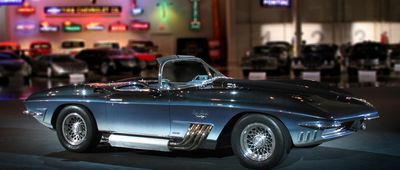The Bikes That Came Before
For more than a century, the Harley-Davidson name has been synonymous with big, loud, roaring engines. But in 2019, the legendary American manufacturer unveiled its very first electric motorcycle, and its competitor Curtiss announced three new electric bikes. As the sun rises on a new era of motorcycles, it's time to take a look back at the bikes that came before, defining their eras and changing the way motorcycles were designed, built, and perceived.


































